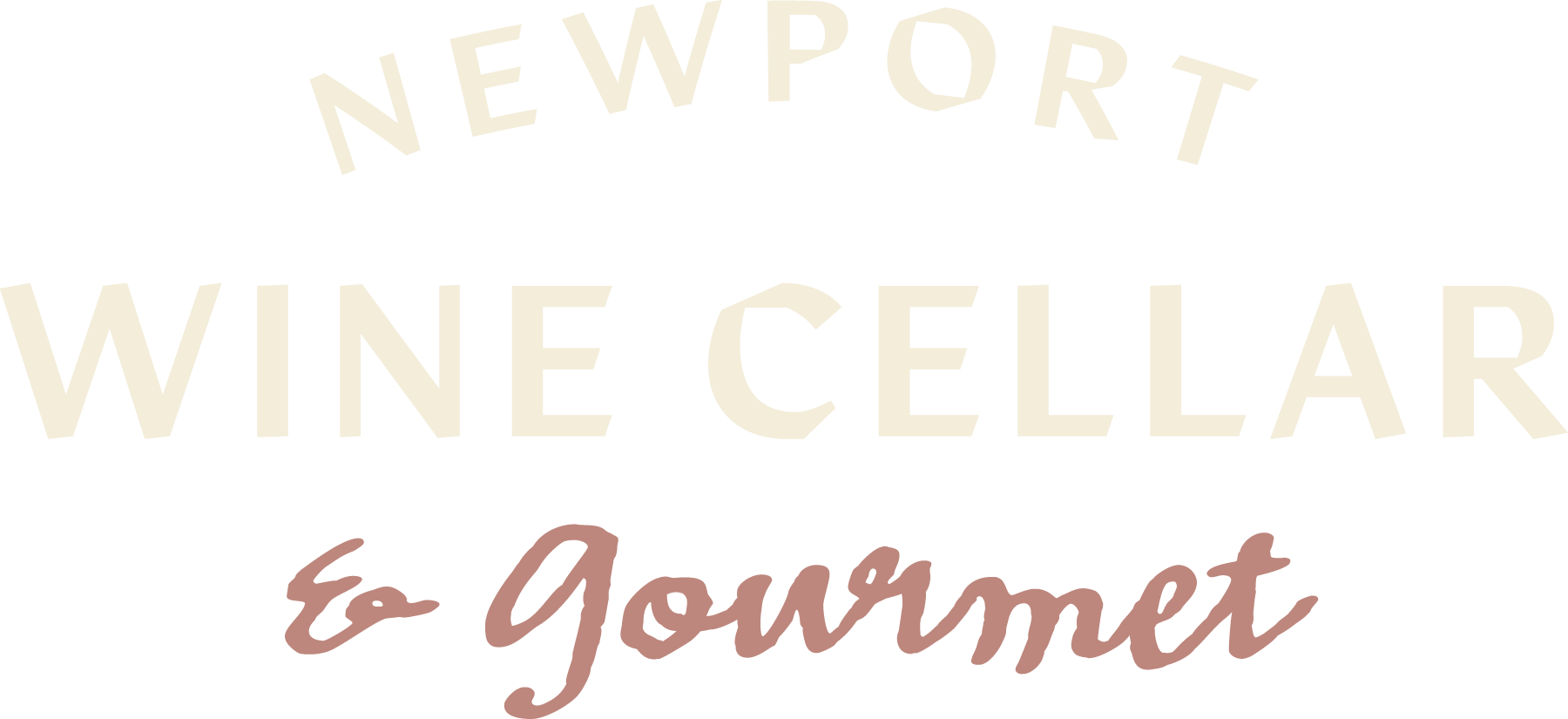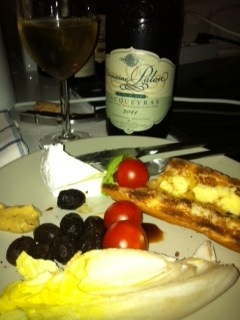Across the Rhone River, out of the Vaucluse Region, in the Gard, is the small village of Lirac, where there are about thirty domaines producing some remarkable wines that rival their more well known cousins from Chateauneuf de Pape. I had the very good fortune of visiting with Marine Rousell, at Domaine de Joncier, a fiery and courageous winemaker, who took over her father's vineyard in 1989. Marine approaches her work with an artist's attitude and a craftsman's precision. Her wines bespeak the intersection of the wildness of nature and the finesse of an artist's hand. Marine is busy with harvest like everyone else right now to finish harvesting the grapes as they are ready, and like everyone I have spoken to, she is pleased with the current vintage. The fruit is beautiful, the weather has been good for the harvest, a little rain, but it is okay, the mistral is keeping the grapes free of rot, but most of all the fruit tastes great and the skins are not too tannic. This seems to be a vintage for finesse. At the time of my visit, now a few days ago, she had picked the majority of her grapes, but still had some work to do. While she prepared a few last minute things, she suggested I take a short walk in the village of Tavel, where she lives and makes her wine.
It was a beautiful day, sunny with the mistral, and I enjoyed seeing some community gardens, and I came out upon a open water source that is a communal washing area where a local women washed her rugs. I felt a bit thrown back in time, but I also felt like someone had let me behind the curtain, so to speak. To be given a local's view of any place is always a treat because you feel a connection that a typical visit does not offer. I sat and watched that woman wash her rugs for a few minutes, and what I sensed was different pace and a certain fortitude, which later I realized are present in the wines of the region. I think culture is as much part of terroir as is climate and soil.
Yes, of course, soil and climate important, but this trip has taught me that to truly understand a wine, you need to know all parts of the place from whence it comes, and people and their culture is an enormous part of that. The soil of course directly effects the flavor, and Marine has a special affinity for the soil in Lirac.
The vineyard is flatter that those in CdP, but the land, the soil is to, my eye, the same. There is a layer of rocks on top of the soil, that completely covers any sign of soil underneath, and those rocks, just like those I showed you from Vieux Telegraph, were brought by a glacier, smoothed by water, and vary in size from a softball to a nerf football (do those still exist, by the way?) Anyway, you get the point, they are big, hard to walk on, difficult to harvest in, generally a pain, but necessary to get the fruit that they get. Marine loves these rocks. She told me as much as she stooped down, turned some rocks to show me the variation in size and color, and then ran her had over the rock to illustrate how perfectly smoothed by nature the rocks are. I was honored when she carefully selected one for me to bring home. It will have a special spot in the shop when I return.
Her way of honoring the rocks and nature, more generally, is to farm biodynamically, but she describes it less in terms of rigid laws of nature or a science of wine making, but rather as being in union with nature and the knowledge and good intuition of the wine maker paired with a care of the earth that she uses to make her wine. It is a costly decision, and those who do it understand the expense involved, but they are compelled by integrity.
After spending just an hour walking in her vineyards, I felt a sense of Marine because she is so open, genuinely interested in sharing of herself, her wines, and her lifestyle. That warmth is so apparent in her wines, and it something that I cannot name about the region, but it is what draws me here...











